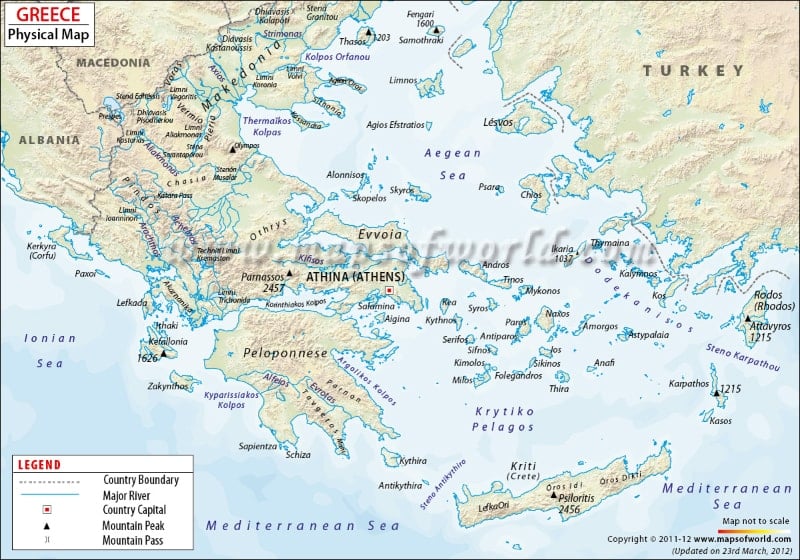4.2K
The physical map of Greece provides the physical location of Greece’s peninsula. The map includes the location of all the major rivers, mountain ranges and their heights, height from sea level, etc shown in different colors.
previous post
